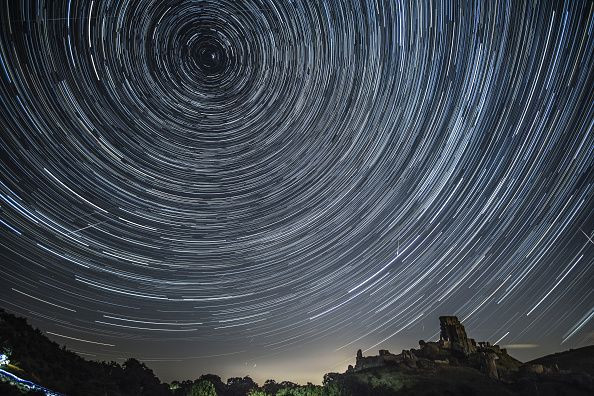Draconids Meteor Shower 2019: When, Where And Peak Time To Watch Tonight

The Draconid meteor shower is about to enter its peak, which means sky gazers will be in for a treat this week. During the shower’s peak, the Draconids are expected to showcase about 10 meteors per hour.
Named after the constellation Draco, the Draconid meteor shower comes from the periodic comet 21P/Giacobini-Zinner. This comet is known to complete its orbital cycle every 6.6 years and approach Earth from a distance of 0.035 astronomical units or around 3.3 million miles away.
As for the Draconids, the meteor shower became active on Oct. 6 (Sunday) and is expected to reach its peak on Oct. 8 (Tuesday). Although about 10 meteors per hour can be spotted during its peak, it was previously known for producing hundreds to even thousands of hourly meteors.
According to EarthSky, the Draconids meteor shower can be spotted from anywhere in the world during its peak as long as sky gazers watch during nightfall or early evening. Doing so after midnight may not be an enjoyable experience since the meteor shower most likely won’t be visible then.
Although the meteor shower will favor those in the Northern Hemisphere, those in the Southern Hemisphere can still catch a few Draconid meteors this week.
According to astronomy blogger Dave Samuhel of AccuWeather, the Draconids meteor shower is perfect for young stargazers since they won’t have to stay up too late in order to catch the cosmic event.
“The Draconids meteor shower kicks off the fall meteor shower season,” he said. “This is a good shower for younger stargazers, especially since the shower peaks on a school night.”
Also, it would greatly help to watch for the meteor shower from a dark, open area. Since the Moon can already drown out some of the brightest meteors in the shower, staying away from lamp posts and other brightly lit areas can significantly help in making the Draconids more visible.
According to current weather forecasts, much of the U.S. will have cloud-free conditions during the peak of the Draconids. Unfortunately, those in the northwest as well as in the East Coast may not be able to completely enjoy the meteor shower due to clouds in the sky.
© Copyright IBTimes 2025. All rights reserved.





















